Short rests, more sets: An effective equation?
Author:
Julio Valero
Published on:
12/20/2024

Volume loading, rather than rest interval, influences muscle hypertrophy during high-intensity resistance training.
In-depth analysis: How do different rest times between sets influence muscle adaptation?
Overview
What was the aim of the study? To evaluate the impact of different rest times on training load, strength and muscle growth.
Shorter rests require more sets to match the work volume of longer rests. The latter allow for greater volume and therefore more muscle growth.
If you want to maintain the same training volume and shorten the rest between sets, you will have to do more reps. If you are looking to save time, combine exercises for different muscles in one set.
What's the problem?
Despite its impact on strength and hypertrophy, rest time between sets is often the last factor considered in training planning. While long intervals (2-3 minutes) are traditionally associated with strength gains and short intervals (60-90 seconds) with muscle growth, research has yet to reach a definitive consensus. Variability in study designs makes it difficult to establish clear recommendations.
Volume load (VL), calculated as sets x reps x weight, is a key indicator of the work performed in an exercise and is closely linked to muscle growth (hypertrophy). Although low intensity (LI) can stimulate growth, higher volume could explain much of this benefit. In addition, rest interval influences strength and hypertrophy adaptations. The study suggests that higher volume, rather than LI itself, could be the determining factor for hypertrophy.

Purpose
Impact of short sets (1 rep) vs. long sets (3 reps) on strength and muscle growth, considering load volume, in a 10-week study.
Hypothesis
The authors hypothesized that: A longer rest interval would allow for a higher workload to be achieved, leading to greater increases in hypertrophy. Strength changes would be similar between groups and would not be affected by rest intervals.
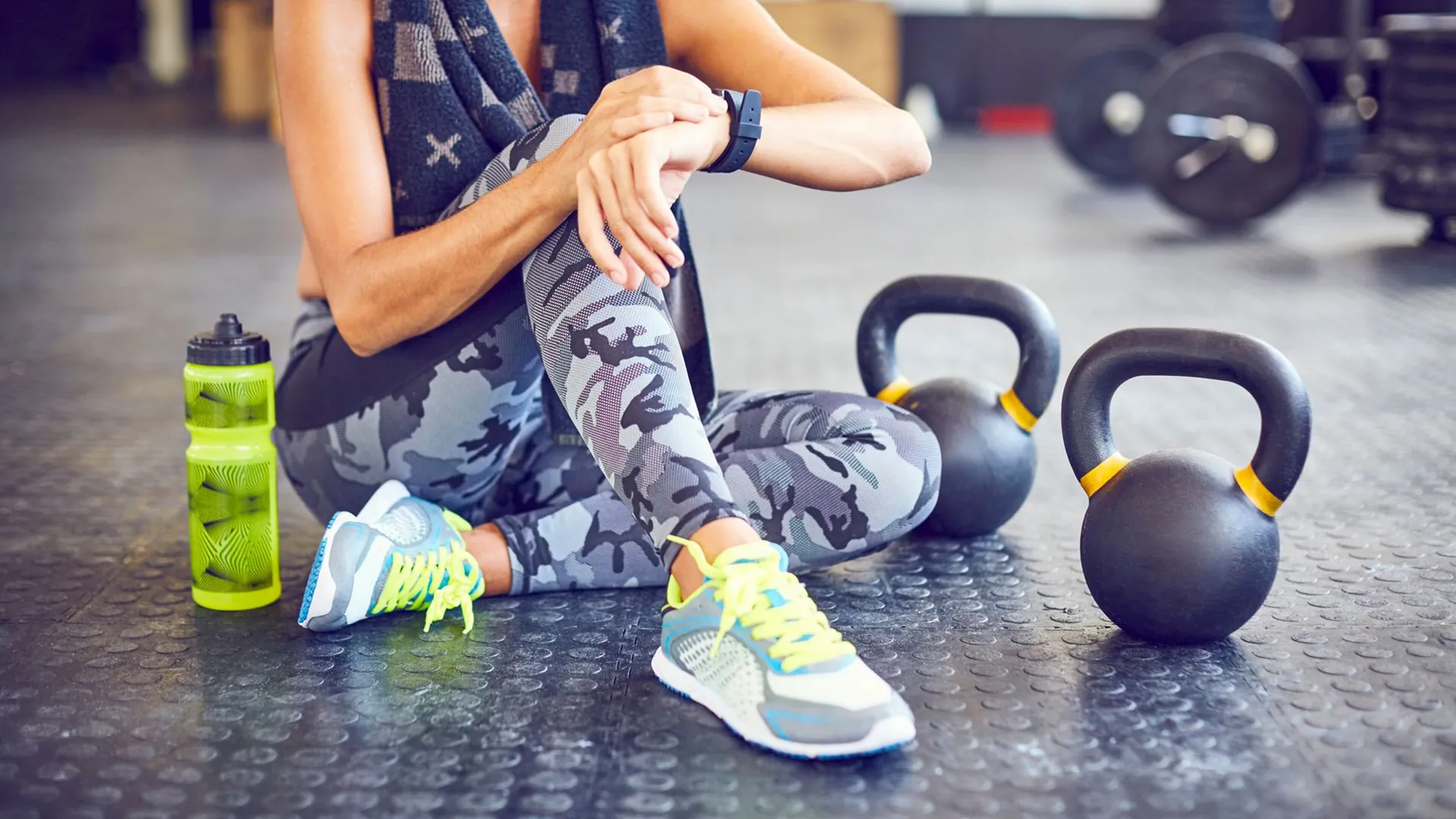
What did they test and how?
Participants
The study included 28 healthy young people (18 men and 10 women) aged 18–34 years, with no formal training in the previous 6 months but with recreational physical activity. Initially, 34 participants were enrolled, but six withdrew.
Study procedures
Participants were randomly assigned to groups: one leg of each person was assigned to a long rest (LI) group and the other to a short rest (SI) group. To ensure that both legs did the same amount of work, the short rest leg performed more sets or reps. For example, if your right leg was in the LI group, it rested for 3 minutes between sets, while your left leg, in the SI group, rested for 1 minute but did more reps. Is that clearer?
The workout consisted of 3 sets of unilateral leg press at 80% of 1RM to failure. However, to equalize the work volume between the legs, one leg could have ended before failure, while the other continued until the same total volume was reached. This means that the number of sets and reps was not the same for both legs.
Measurements
Quadriceps muscle hypertrophy was quantified by measuring cross-sectional area obtained from magnetic resonance imaging. Given its accuracy, magnetic resonance imaging is the method of choice for assessing body composition
Maximum voluntary strength (1RM) was determined on a 45-degree horizontal leg press for both lower extremities. Although exercise machines limit muscle recruitment compared to compound exercises such as the squat, their use is justified in this case given the profile of the participants and the experimental design.
Training load was calculated by multiplying the number of sets, repetitions, and the load used in each exercise
What did they find?
Hypertrophy
All tested protocols (LI, VLI-SI, SI, VSI-LI) induced a significant increase in post-training CSA (p < 0.0001). However, LI and VLI-SI showed the greatest increases in quadriceps CSA, with significant differences from SI and VSI-LI (p < 0.05).
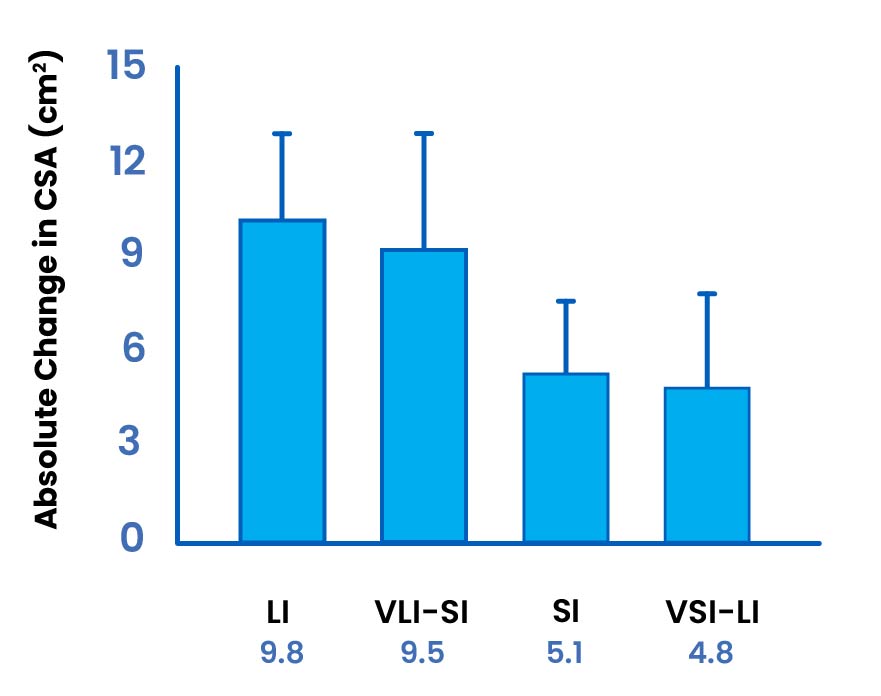
Strength
The four protocols studied (LI, VLI-SI, SI, VSI-LI) were highly effective in increasing 1RM strength, with considerable effect sizes (ES > 0.90). Although all groups improved significantly (p < 0.0001), no substantial differences were found between them regarding the absolute change in 1RM (p > 0.05).
Volume Load
The LI and VLI-SI protocols performed significantly greater VL than SI and VSI-LI (p = 0.049), shown below.
LI: 3 sets x 16.1 reps = 133,614 ± 45,683 kg
VLI-SI: 4.5 sets x 11.6 reps = 133,648 ± 45,675 kg
SI: 3 sets x 9.8 reps = 96,392 ± 25,608 kg
VSI-LI: 2.3 sets x 13.4 reps = 96,369 ± 25,603 kg
What does all this mean to us?
The present study shows that load volume is a key determinant of muscle hypertrophy. By increasing VL, significantly greater muscle growth was observed, regardless of the strategy used to achieve that volume (additional sets or shorter rest intervals). These results underscore the importance of manipulating VL to optimize hypertrophic adaptations.
The results obtained suggest that, in the context of this study, strength adaptations were less sensitive to variations in rest interval and training volume compared to muscle growth. This observation aligns with existing literature, which points to intensity as the most influential factor in strength gains. By maintaining a constant intensity of 80% of 1RM across all protocols, the potential differentiating effect of other variables was neutralized. It is likely that the high adaptive capacity of the participants, being untrained lifters with significant room for improvement, minimized the differences between groups.
The use of a within-subject design in this study is a methodological strength, however, the practical implementation of the protocol presents certain complexities. Group assignment and the subsequent distribution of training variables (rest, volume) could have introduced bias, since only one leg per participant experienced muscle failure. This aspect, added to the potential cross-education effect, raises questions about the generalizability of the results. On the other hand, measuring CSA at a single point in the muscle limits the ability to infer changes in hypertrophy at a global level.
How can we use this information?
Shortening rest intervals can be an effective strategy to stimulate muscle 'pumps' or improve aerobic capacity. However, this choice involves a decrease in training volume per set. To maintain the same stimulus, it is necessary to increase the total number of sets, by approximately 50% according to some studies. Although this strategy may seem like a way to reduce training time, the increase in the number of sets can largely offset this saving. If the main goal is to optimize time, supersets that combine different muscle groups are a more efficient alternative.
References
Longo, A. R., Silva-Batista, C., Pedroso, K., de Salles Painelli, V., Lasevicius, T., Schoenfeld, B. J., Aihara, A. Y., de Almeida Peres, B., Tricoli, V., & Teixeira, E. L. (2020). Volume Load Rather Than Resting Interval Influences Muscle Hypertrophy During High-Intensity Resistance Training. The Journal of Strength & Conditioning Research.
American College of Sports Medicine. (2009). American College of Sports Medicine position stand. Progression models in resistance training for healthy adults. Medicine and science in sports and exercise, 41(3), 687-708.
Goto, K., Ishii, N., Kizuka, T., & Takamatsu, K. (2005). The impact of metabolic stress on hormonal responses and muscular adaptations. Medicine and science in sports and exercise, 37(6), 955–963.
Hill-Haas, S., Bishop, D., Dawson, B., Goodman, C., & Edge, J. (2007). Effects of rest interval during high-repetition resistance training on strength, aerobic fitness, and repeated-sprint ability. Journal of sports sciences, 25(6), 619–628.
Schoenfeld, B. J., Pope, Z. K., Benik, F. M., Hester, G. M., Sellers, J., Nooner, J. L., Schnaiter, J. A., Bond-Williams, K. E., Carter, A. S., Ross, C. L., Just, B. L., Henselmans, M., & Krieger, J. W. (2016). Longer Interset Rest Periods Enhance Muscle Strength and Hypertrophy in Resistance-Trained Men. Journal of strength and conditioning research, 30(7), 1805–1812.
Fink, J. E., Schoenfeld, B. J., Kikuchi, N., & Nakazato, K. (2017). Acute and Long-term Responses to Different Rest Intervals in Low-load Resistance Training. International journal of sports medicine, 38(2), 118–124.
Buresh, R., Berg, K., & French, J. (2009). The effect of resistive exercise rest interval on hormonal response, strength, and hypertrophy with training. Journal of strength and conditioning research, 23(1), 62–71.
Krieger J. W. (2010). Single vs. multiple sets of resistance exercise for muscle hypertrophy: a meta-analysis. Journal of strength and conditioning research, 24(4), 1150–1159.
Schoenfeld, B. J., Ogborn, D., & Krieger, J. W. (2017). Dose-response relationship between weekly resistance training volume and increases in muscle mass: A systematic review and meta-analysis. Journal of sports sciences, 35(11), 1073–1082.
Ahtiainen, J. P., Pakarinen, A., Alen, M., Kraemer, W. J., & Häkkinen, K. (2005). Short vs. long rest period between the sets in hypertrophic resistance training: influence on muscle strength, size, and hormonal adaptations in trained men. Journal of strength and conditioning research, 19(3), 572–582.
Ogasawara, R., Loenneke, J. P., Thiebaud, R. S., & Abe, T. (2013). Low-load bench press training to fatigue results in muscle hypertrophy similar to high-load bench press training. International Journal of Clinical Medicine, 4(02), 114.
Terzis, G., Spengos, K., Mascher, H., Georgiadis, G., Manta, P., & Blomstrand, E. (2010). The degree of p70 S6k and S6 phosphorylation in human skeletal muscle in response to resistance exercise depends on the training volume. European journal of applied physiology, 110(4), 835–843.
Burd, N. A., Holwerda, A. M., Selby, K. C., West, D. W., Staples, A. W., Cain, N. E., Cashaback, J. G., Potvin, J. R., Baker, S. K., & Phillips, S. M. (2010). Resistance exercise volume affects myofibrillar protein synthesis and anabolic signalling molecule phosphorylation in young men. The Journal of physiology, 588(Pt 16), 3119–3130.
Hanssen, K. E., Kvamme, N. H., Nilsen, T. S., Rønnestad, B., Ambjørnsen, I. K., Norheim, F., Kadi, F., Hallèn, J., Drevon, C. A., & Raastad, T. (2013). The effect of strength training volume on satellite cells, myogenic regulatory factors, and growth factors. Scandinavian journal of medicine & science in sports, 23(6), 728–739.
Campos, G. E., Luecke, T. J., Wendeln, H. K., Toma, K., Hagerman, F. C., Murray, T. F., Ragg, K. E., Ratamess, N. A., Kraemer, W. J., & Staron, R. S. (2002). Muscular adaptations in response to three different resistance-training regimens: specificity of repetition maximum training zones. European journal of applied physiology, 88(1-2), 50–60.
Lasevicius, T., Ugrinowitsch, C., Schoenfeld, B. J., Roschel, H., Tavares, L. D., De Souza, E. O., Laurentino, G., & Tricoli, V. (2018). Effects of different intensities of resistance training with equated volume load on muscle strength and hypertrophy. European journal of sport science, 18(6), 772–780.
Schoenfeld, BJ, Peterson, MD, Ogborn, D., Contreras, B. y Sonmez, GT (2015). Efectos del entrenamiento de resistencia de carga baja frente a carga alta sobre la fuerza muscular y la hipertrofia en hombres bien entrenados. Journal of strength and conditioning research, 29(10), 2954–2963.
Gabriel, DA, Kamen, G., y Frost, G. (2006). Adaptaciones neuronales al ejercicio de resistencia: mecanismos y recomendaciones para prácticas de entrenamiento. Medicina deportiva (Auckland, Nueva Zelanda), 36(2), 133–149.
Piirainen, JM, Tanskanen, M., Nissilä, J., Kaarela, J., Väärälä, A., Sippola, N. y Linnamo, V. (2011). Efectos de un período de recuperación basado en la frecuencia cardíaca sobre las respuestas de rendimiento hormonal, neuromuscular y aeróbico durante 7 semanas de entrenamiento de fuerza en hombres. Revista de investigación de fuerza y acondicionamiento, 25 (8), 2265–2273.
Comparte en redes sociales
Recent posts

A bad night's sleep: a reason to stay up even longer?
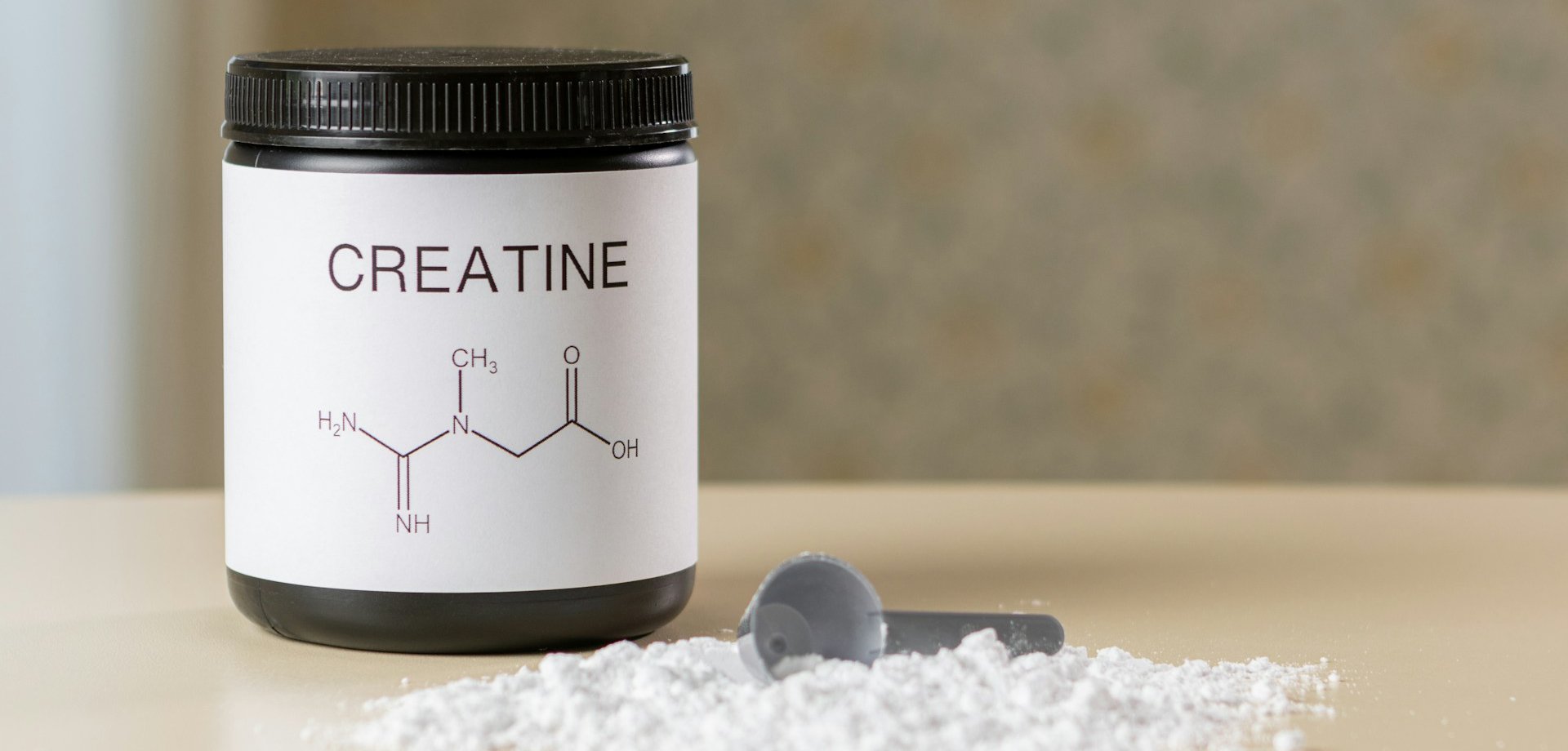
Creatine Effectiveness: What Does Science Say About Its Benefits?
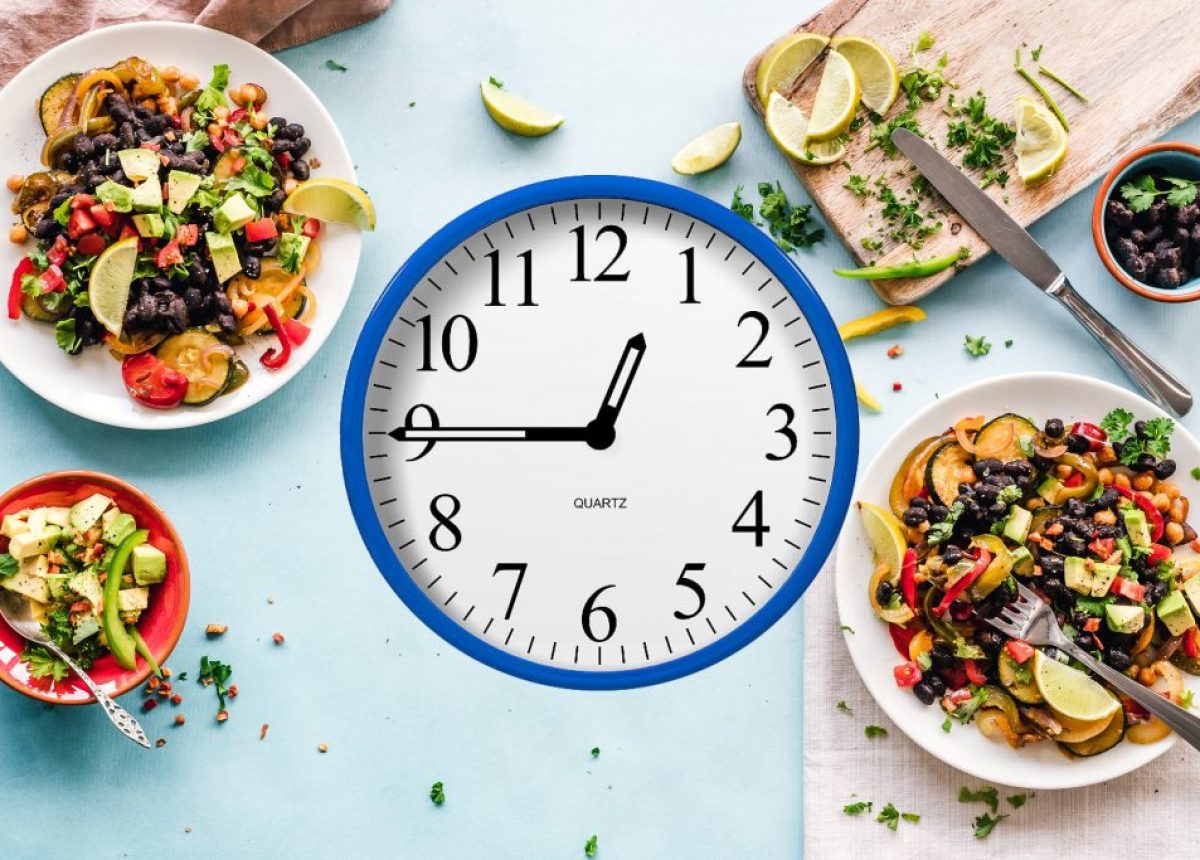
Does meal timing help you lose fat?
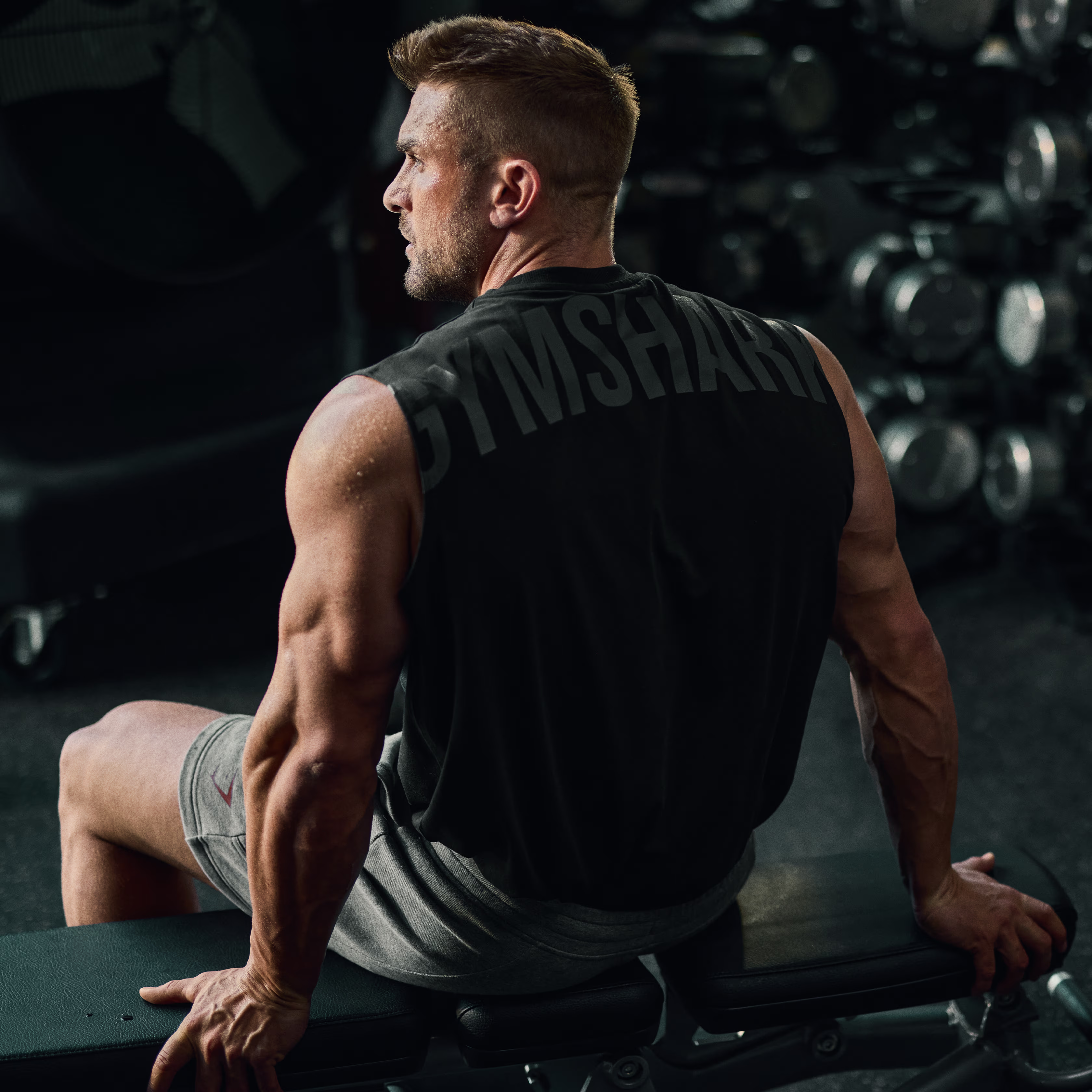
Is your triceps press building muscle or holding you back?

Nutrition tailored to you: based on your genetic profile.

Carbohydrates: the key to an explosive workout.